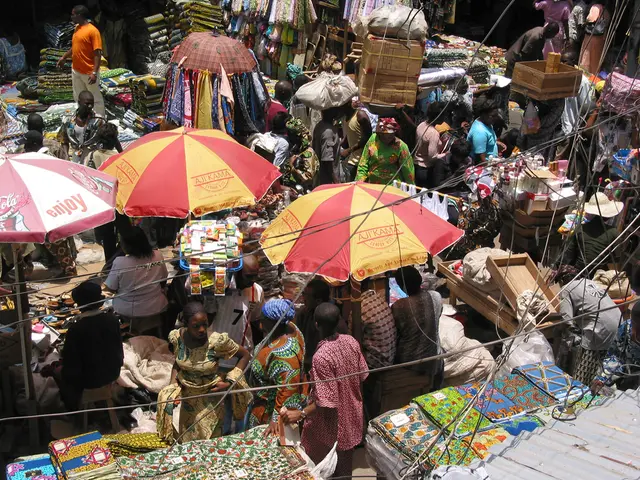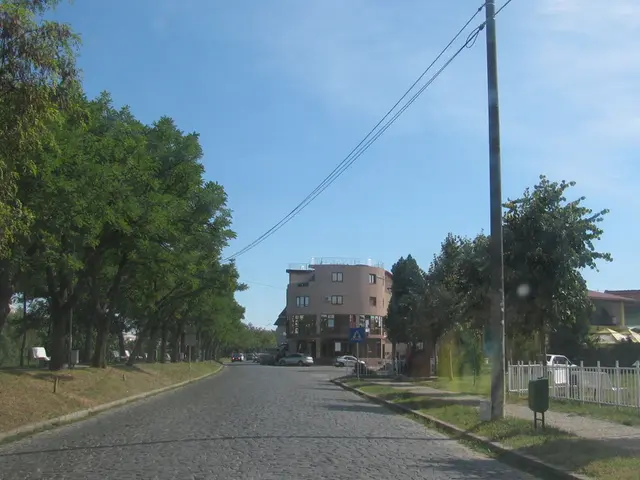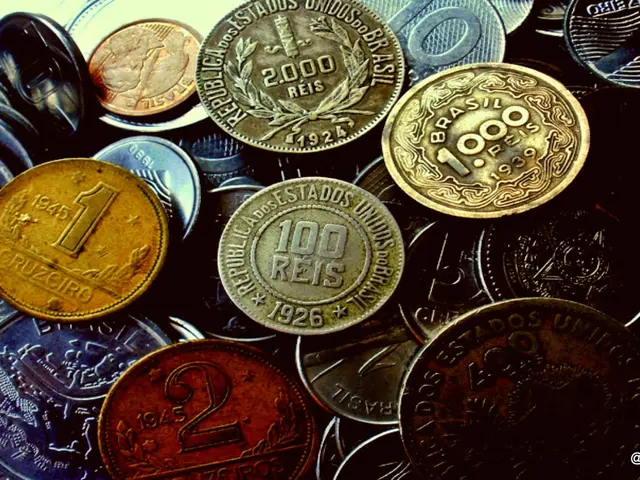Research findings reveal that approximately half of all households now have fiber internet connectivity.
Germany's Fiber-Optic Expansion Progresses Rapidly Towards 50-60% Coverage by 2025
Germany is making significant strides in its national digital connectivity strategy, aiming to reach 50-60% fiber-optic (FTTH) coverage by the end of 2025, with ambitious plans to provide 100% coverage by 2030[1]. The rollout of fast and stable fiber-optic internet in Germany is progressing faster than expected, with operators like Zayo Europe significantly increasing fiber route miles in the country during the first half of 2025[3].
Key drivers behind this progress include coordinated efforts by the Federal Ministry for Digitalization and Government Modernization to improve conditions for fiber and 5G expansion. The Federal Network Agency is also playing a crucial role by regulating and implementing legal frameworks, while the Federal Gigabit Bureau coordinates broadband competence centers across federal states[1].
However, achieving 100% fiber coverage by 2030 presents several challenges. Operators have a tendency to prioritize profitable core regions ("cherry-picking") when expanding fiber networks, which may delay connectivity in underserved areas[5]. Coordination and competition also require careful regulatory oversight to avoid duplication or stalled projects due to market behaviors like "empty" expansion announcements.
Extending fiber to sparsely populated or hard-to-reach locations demands significant investment and logistical effort. Ensuring sustained regulatory support and incentives for operators to invest beyond lucrative urban centers is crucial[1][5]. Despite scrutiny over selective deployment, recent regulator reports suggest healthier competition patterns than previously assumed, which is encouraging for comprehensive coverage goals[5].
As of June 2023, approximately a quarter of homes, businesses, and institutions have fiber-optic connections that go right to the building ("Homes Connected", 27.3%)[6]. The expansion of backbone networks and data centers is also critical, as firms like Zayo expand their high-capacity fiber links further[3].
Federal Minister of Digital Affairs, Karsten Wildberger (CDU), is satisfied with the progress of the rollout and aims to increase the pace with faster approvals, priority for network expansion, and additional relief for the industry. The new federal government of CDU/CSU and SPD has committed to the goal of fiber-optic expansion, but has not specified a deadline in their coalition agreement[2].
To ensure the comprehensive rollout of fiber-optic, Breko calls for investment incentives and planning security to give fiber-optic companies a boost[4]. Television cables, while fast in data transmission, are prone to fluctuations. In contrast, fiber-optic is considered the best technology to meet the increasing demand for data[7].
References: [1] Breko (2023). "Germany's Fiber-Optic Expansion: Current Status and Future Outlook." [Online] Available at: https://www.breko.de/en/germany-s-fiber-optic-expansion-current-status-and-future-outlook/
[2] Federal Ministry for Digital and Transport (2021). "Coalition Agreement 2021–2025." [Online] Available at: https://www.bmvi.de/SharedDocs/DE/Artikel/bmvi/politik/koalitionsvertrag-2021-2025.html
[3] Zayo Group (2023). "Zayo Europe Increases German Fiber Route Miles." [Online] Available at: https://www.zayo.com/news/zayo-europe-increases-german-fiber-route-miles
[4] Breko (2022). "Investment Incentives and Planning Security for the Fiber-Optic Expansion in Germany." [Online] Available at: https://www.breko.de/en/investment-incentives-and-planning-security-for-the-fiber-optic-expansion-in-germany/
[5] Breko (2021). "Fiber-Optic Expansion in Germany: Current Status and Challenges." [Online] Available at: https://www.breko.de/en/fiber-optic-expansion-in-germany-current-status-and-challenges/
[6] Federal Network Agency (2023). "Status of the Fiber-Optic Expansion in Germany." [Online] Available at: https://www.bundesnetzagentur.de/EN/Topics/Broadband/BroadbandExpansion/FiberOptic/FiberOpticExpansion/statusFiberOpticExpansion_node.html
[7] Federal Ministry for Economic Affairs and Climate Action (2022). "Germany's Digital Strategy." [Online] Available at: https://www.bmwk.de/Redaktion/DE/Service/Publikationen/Digitalstrategie/digitalstrategie.html
Technology plays a pivotal role in Germany's digital connectivity strategy, with fiber-optic (FTTH) networks being expanded rapidly to reach 50-60% coverage by 2025. The advancement of fiber-optic technology is essential to meet the increasing demand for data, as it is considered the best technology for data transmission compared to television cables, which are prone to fluctuations.




